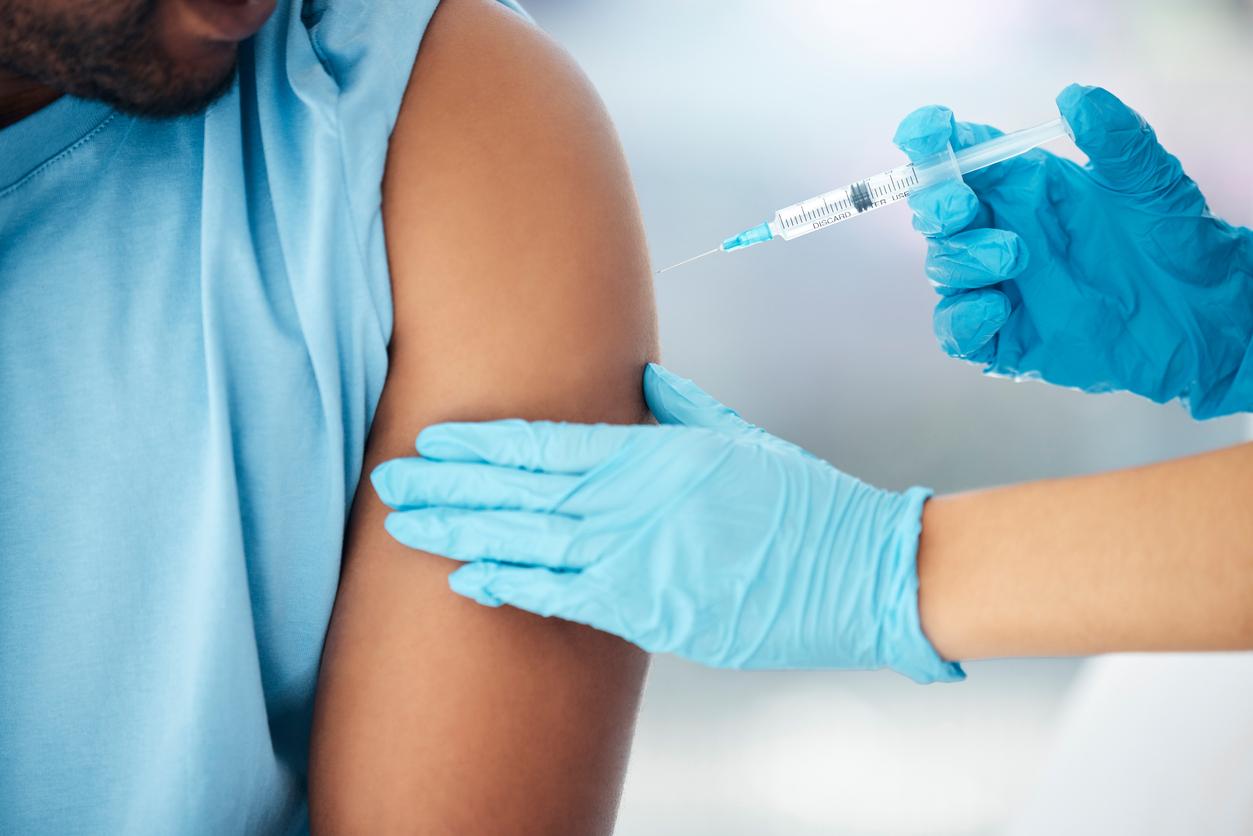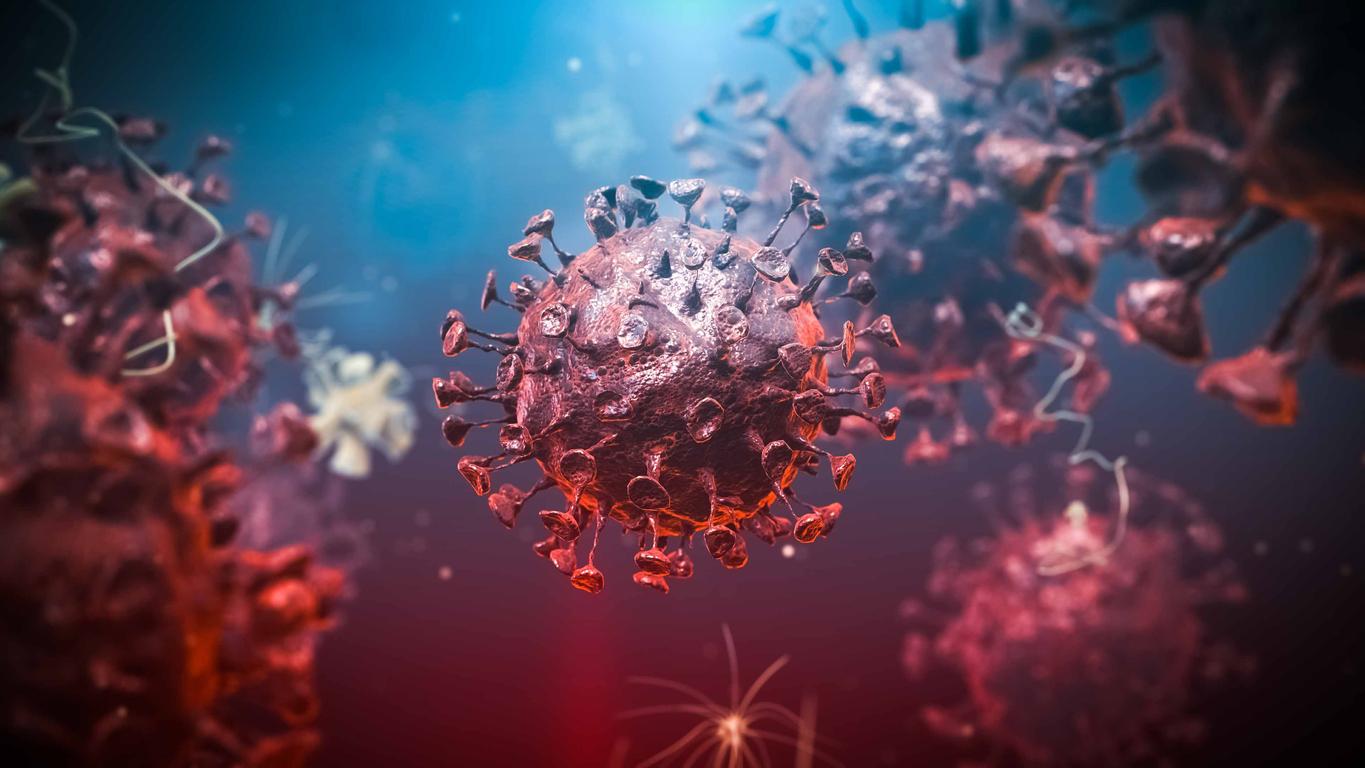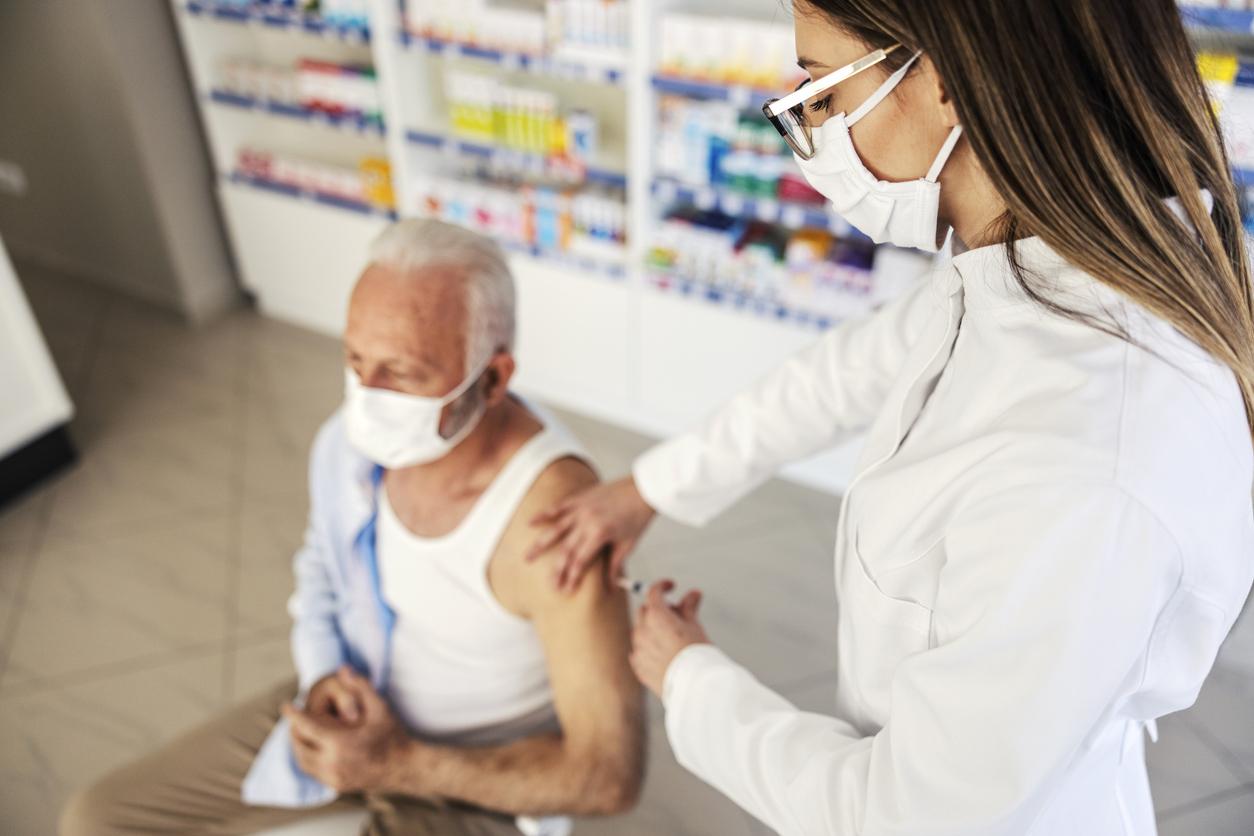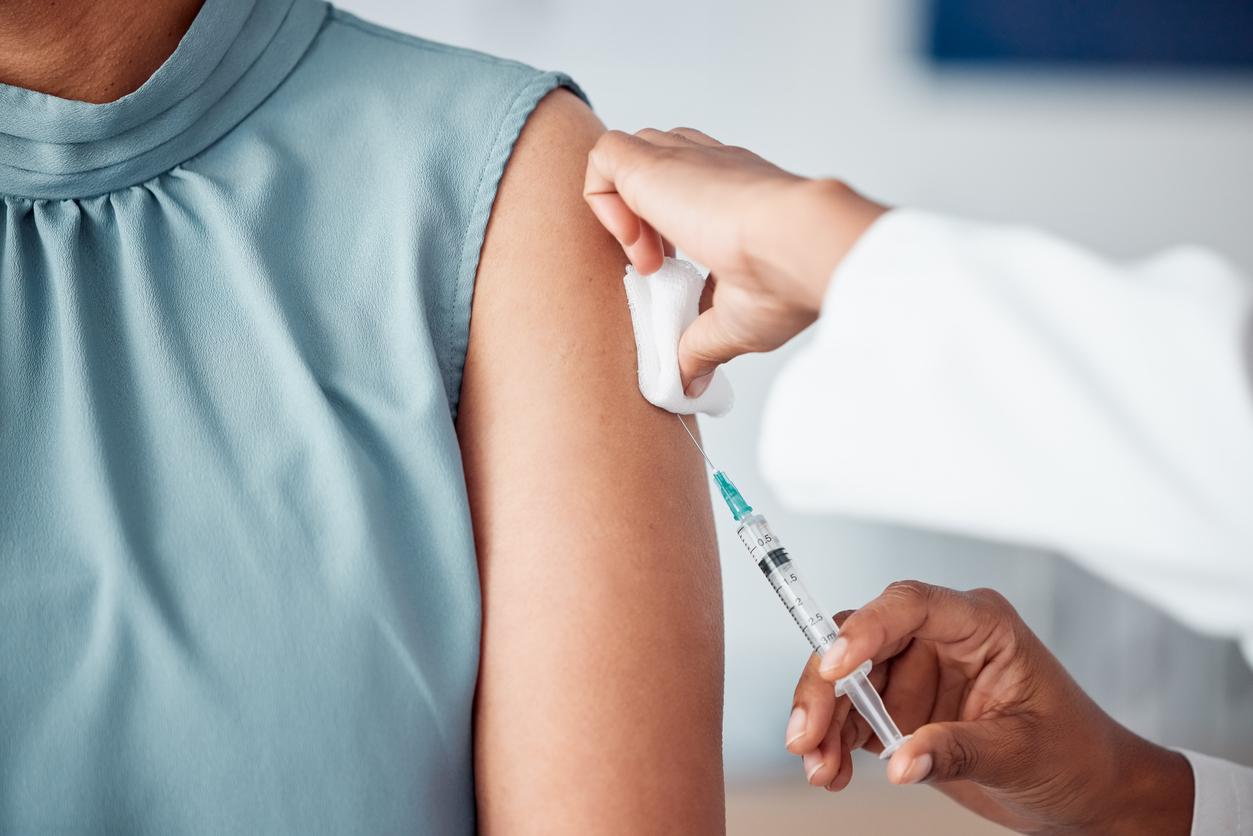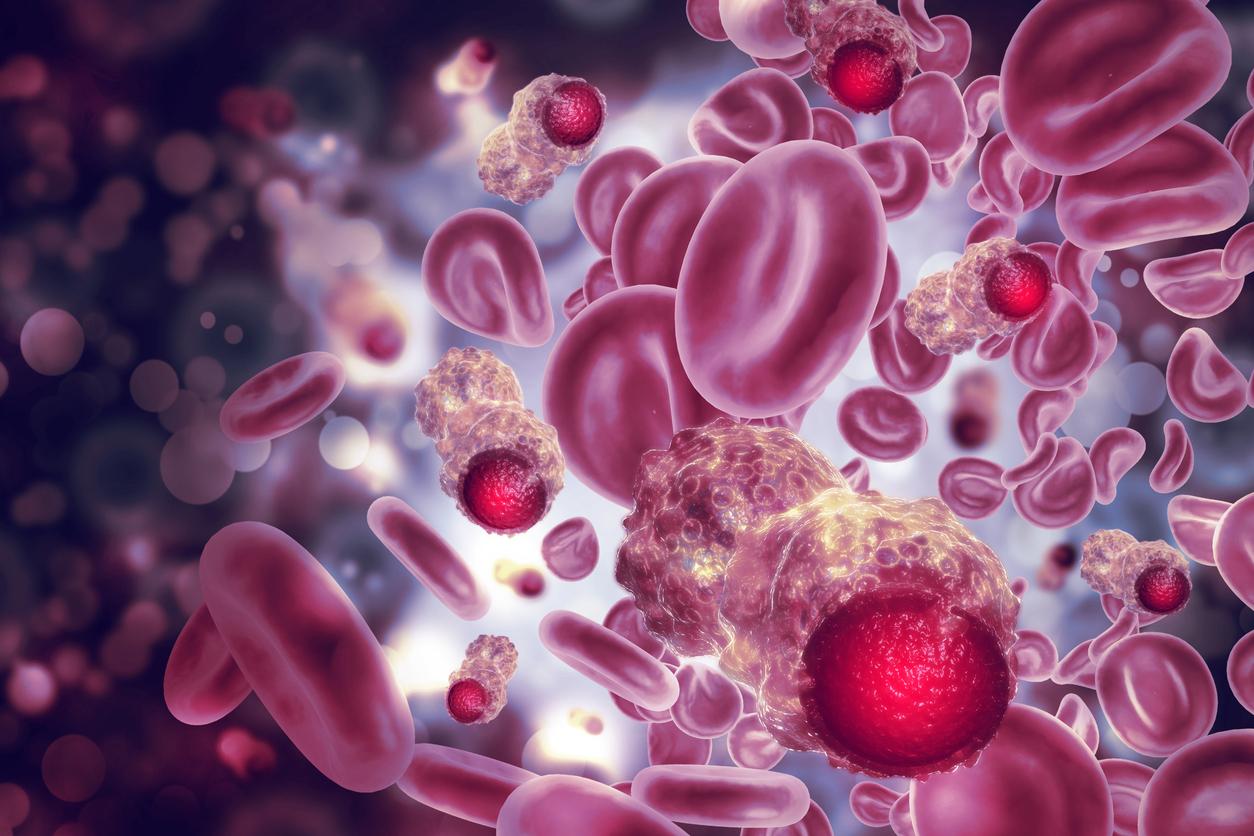Unlike mildly symptomatic people, patients developing a severe form of Covid-19 have a faulty immune response in the nasopharynx.
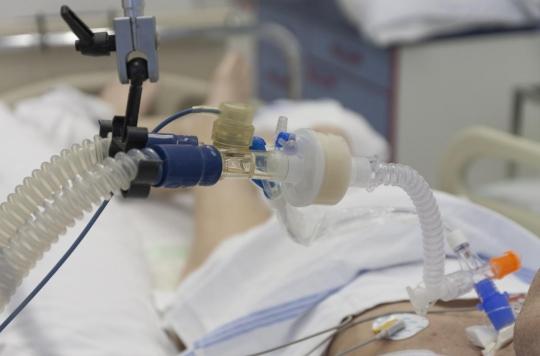
- Unlike patients developing mild to moderate forms of the disease, people affected by a severe form of Covid-19 show a defective early immune response in the nasopharynx.
- The number of mature hair cells, which sweep the airways, decreases, while the number of macrophages increases, which enhances inflammatory responses.
How to explain that, among patients infected with Covid-19, some develop a severe form of the disease, while others are not very symptomatic, or even completely symptomless?
A new study published in the journal Cell brings an answer: everything would be at the level of the nasopharynx, that is to say behind the nose, in the upper part of the pharynx, below the base of the skull and above the soft palate. Precisely where the swab comes to collect cells when performing an RT-PCR test.
Changes in epithelial cells after infection
The body’s first encounter with SARS-CoV-2, the virus that causes Covid-19, takes place in the nose and throat, or in the nasopharynx.
Building on work published last year that identifies cells susceptible to SARS-CoV-2, a team of researchers from Boston Children’s Hospital, MIT and the University of Mississippi Medical Center show that it is in the nasopharynx that the immune battle against Covid-19 plays out. “Why some people are sicker than others has been one of the most confusing aspects of this virus from the start. explains José Ordovás-Montañés, co-author. Many studies looking for risk predictors have looked for signatures in blood, but blood may not really be the right place to look.”
The researchers obtained samples from the nasal swabs of 35 adults with the disease between April and September 2020, ranging from mildly symptomatic people to seriously ill people. They also obtained swabs from 17 control subjects and six patients who were intubated but did not have Covid-19.
To get a detailed picture of what’s going on in the nasopharynx, the researchers sequenced the RNA of each cell, one cell at a time. A long job because each patient swab yielded an average of 562 cells. The RNA data allowed the team to pinpoint which cells were present, which contained RNA from the virus – a sign of infection – and which genes the cells turned on and off in response.
The results showed that the epithelial cells lining the nose and throat undergo major changes in the presence of the coronavirus. In particular, the researchers found an increase in secretory cells and mucus-producing goblet cells. At the same time, the number of mature hair cells, which sweep the airways, decreases, while the number of immature hair cells (which may be trying to compensate) increases.
In addition, SARS-CoV-2 RNA has been found in these various cell types. Infected cells, compared to uninfected “passenger” cells, had a greater number of activated genes that are involved in a productive response to infection.
A defective early immune response
The main discovery was made when the team compared nasopharyngeal swabs from people with varying degrees of Covid-19. In people with mild or moderate disease, epithelial cells showed increased activation of genes involved in antiviral responses. But, in people who developed a severe form, requiring mechanical ventilation, the antiviral responses were much less strong. Their samples also showed increased numbers of macrophages and other immune cells that enhance inflammatory responses.
“All people with a severe form of Covid-19 had a blunted response to interferon early on in their epithelial cells, and were never able to mount a defense, explains Professor Ordovás-Montañés. Having the right amount of interferon at the right time could be central to the fight against SARS-CoV-2 and other viruses.”
Increase the immune response with a nasal spray?
The researchers now plan to study the causes of the dampening of the immune response in the nasopharynx. They also want to know if it is possible to increase the antiviral response in people with early infection, for example by using a spray or nasal drops.
They will also study the possibility of increasing the interferon response in people with early infection with Covid-19, perhaps using a spray or nasal drops.

.











